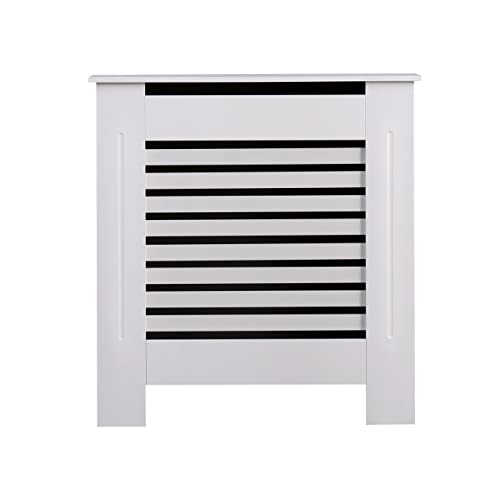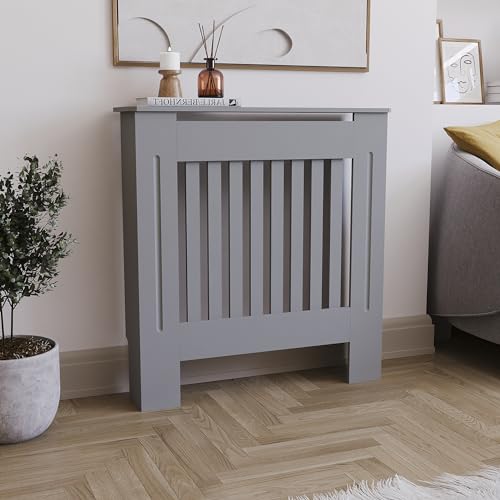Do radiator covers block heat? Experts explain what impact they can have on energy bills
Radiator covers might look good, but could they be adding to your energy bill and making your home colder?

Katie Sims

If you are the proud owner of an ugly radiator, you will almost certainly know the benefits of a radiator cover to hide the eyesore. But as we find ourselves amid a cost of living crisis with the energy price cap going up again this month it is important to consider do radiator covers block heat and waste energy before investing in one.
Radiator cover ideas stem from the fact that radiators are not particularly aesthetically pleasing. So covering the appliance with a specially designed piece of furniture that also doubles as a shelf is pretty ingenious, not to mention budget-friendly.
But not if it's preventing the heat from warming up our homes properly. So we asked the heating experts to reveal what impact the best radiator covers can have on your energy bill.
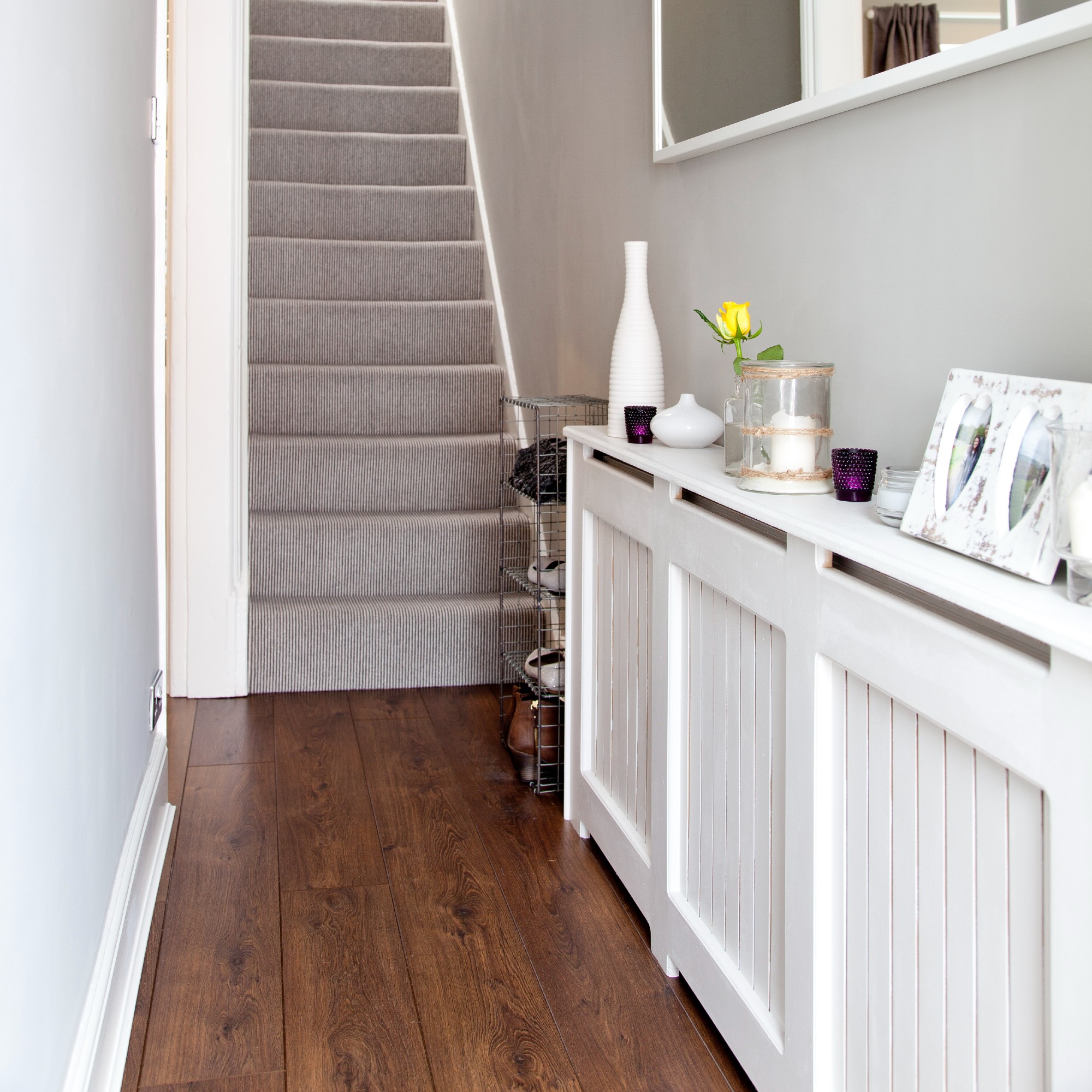
Do radiator covers block heat?
With the latest energy price cap change, energy prices have risen again. So we can’t tolerate anything wasting precious heat, even if it is pleasing to the eye.
But luckily for you and your home aesthetic, experts agree that radiator covers don’t block much heat, as long as your radiator cover adheres to a few rules.
‘Radiator covers do not block too much heat as long as they have sufficient gaps for it to escape,’ says Rhiannon Moore at Toolstation.
But Nancy Emery, heating expert at Drench, acknowledges that ‘putting a solid object around your heat source will affect the heat output as it acts as a barrier’. But as long as the cover has sufficient gaps, the heat blockage should be minimal.
Sign up to our newsletter for style inspiration, real homes, project and garden advice and shopping know-how
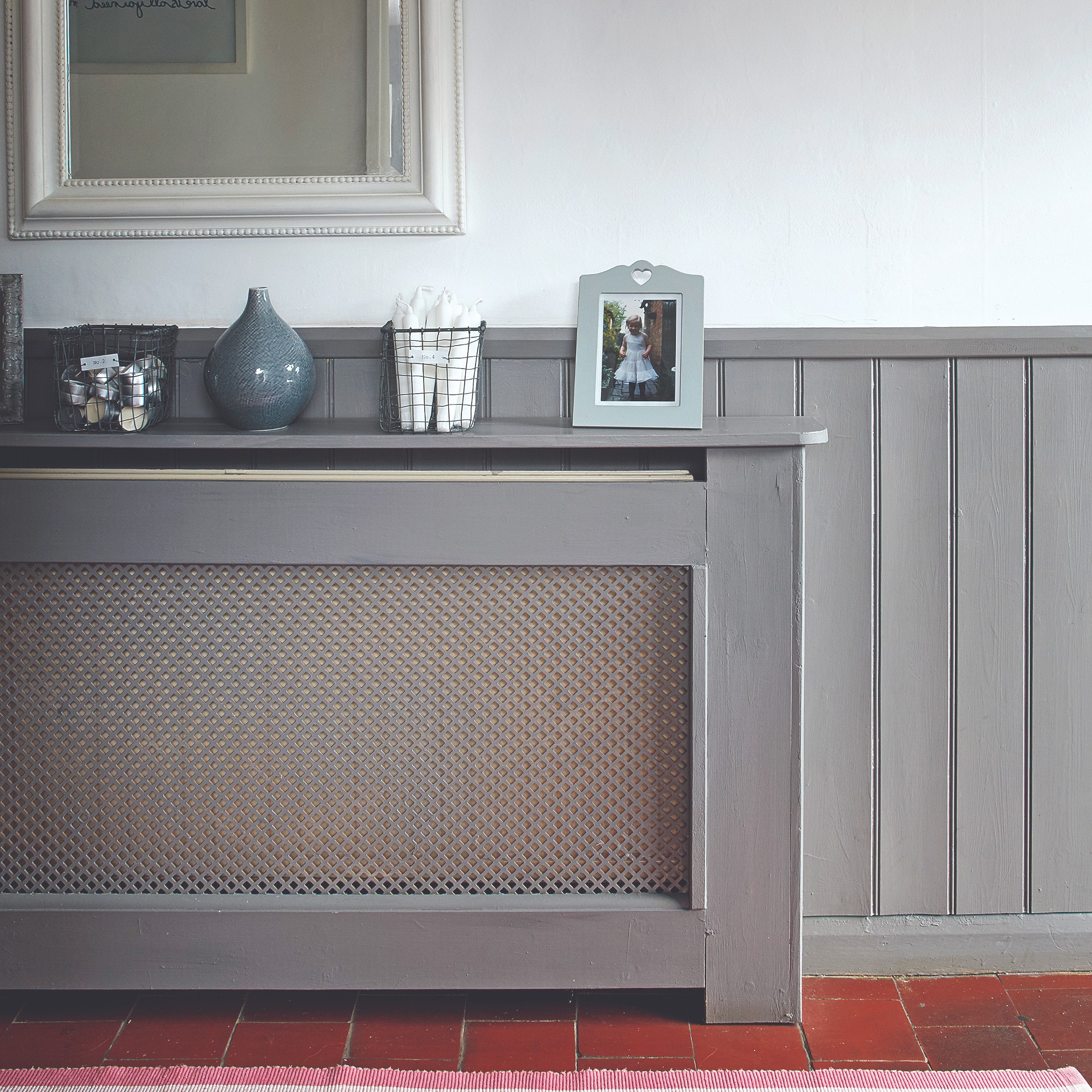
Installing a fairly inexpensive radiator reflector can also help with heat properly circulating around the room.
‘To help increase the heat output of a radiator, foil insulation can be installed behind your radiator at a relatively low cost,’ Rhiannon suggests. ‘Well-fitted radiator reflector foil could help to reduce the amount of energy needed to heat your home and could also help to keep the room warmer for longer once the heating is switched off.’
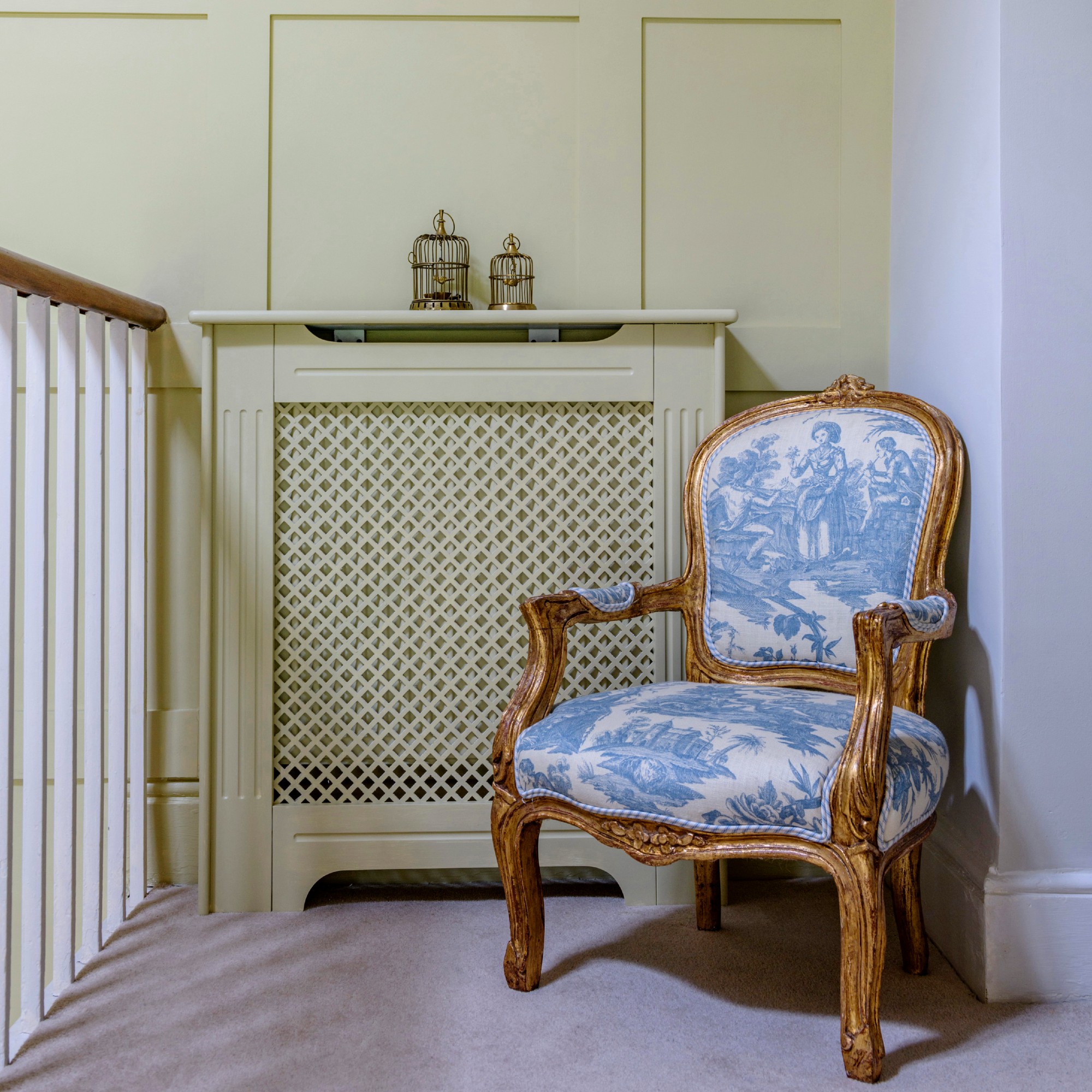
What radiator covers do experts recommend?
Not all radiator covers were made equally, and some are more likely to block heat than others. Nicholas Auckland, heating and energy expert at Trade Radiators explains that it's all about choosing a cover with the right design.
'Adequate ventilation is one of the biggest problems for radiator covers. A sufficient number of gaps and vents for airflow is therefore essential to minimise the amount of heat loss,' he says. 'Solid or poorly ventilated covers can trap heat, leading to less effective warming of the room, and energy waste.'
We choosing a radiator cover where the gaps take up at least of a third of the cover. Another thing to consider is giving your radiator - and therefore the heat - enough space to circulate.
‘It’s a good idea to have enough space between your radiator and your cover so the heat can be distributed more evenly. The gap between the radiator and the cover should be at least 5 centimetres in width, 3 centimetres in height and 3 centimetres in depth to ensure it won’t affect the BTU (British thermal unit) output,’ Nancy recommends.
Lastly, choose the material of your radiator cover wisely. 'MDF and wood radiator covers are popular options, but it's vital to remember that these materials absorb heat,' Nicholas from Trade Radiators advises.
'If your radiator cover has a shelf on top, avoid over-cluttering this as this can trap heat inside and reduce efficiency.'
Our favourite radiator covers
FAQs
How much do radiator covers reduce efficiency?
Radiator covers block heat only slightly, especially if they have sufficient gaps for the heat to escape through. 'If a radiator cover doesn't have at least 30%-50% of its surface open to ventilate and increase airflow, then there will be a high amount of lost heat, reducing efficiency by a large amount,' Nicholas confirms.
How much heat they block also depends on their material. ‘Wooden radiator covers, which are the most common, are the least energy efficient with a study by Liverpool John Moores University revealing that they can reduce heat output by up to 40%,’ Rhiannon reveals.

Why are radiators always under windows?
'While not all radiators are placed under windows, it's a popular location as it not only saves space (you usually won't have space to put anything else under a window), but it helps to combat any cold air that could potentially come in through the window,' Nicholas says.
On the flip side, radiators underneath windows are sometimes thought to be less efficient, because heat can escape up and out through the window. But, if there's a window ledge above the radiator, the heat is better contained.

Sara Hesikova has been a Content Editor at Ideal Home since June 2024, starting at the title as a News Writer in July 2023. She is now also the Ideal Home Certified Expert in Training on Furniture, and so far has tested over 150 different sofas.
Graduating from London College of Fashion with a bachelor’s degree in fashion journalism in 2016, she got her start in niche fashion and lifestyle magazines like Glass and Alvar as a writer and editor before making the leap into interiors, working with the likes of 91 Magazine and copywriting for luxury bed linen brand Yves Delorme among others.
- Katie SimsContributor
